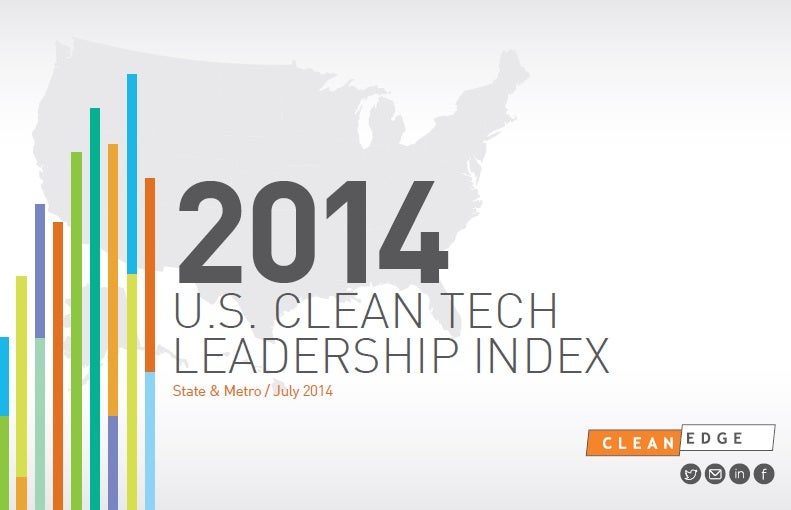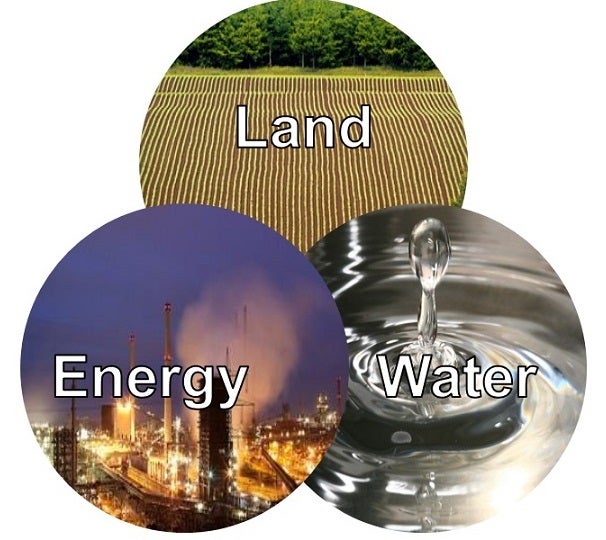 By: Susannah Harris, 2014 Climate Corps Fellow
By: Susannah Harris, 2014 Climate Corps Fellow
I received quizzical looks from family and friends when I told them I was working on water efficiency projects at Verizon this summer. They paused, racking their brains about where water is used within the telecommunications industry. “Like in the bathrooms?” they’d ask.
The reality is that domestic telecom companies rely on billions of gallons of water per year to cool, clean, and maintain the buildings and equipment that support their expansive networks. And because customers require networks to operate 24 hours a day, 365 days a year, much of that equipment is running around the clock. From cooling tower adjustments to grey water recycling, there are a number of water-saving opportunities available for the telecommunications industry. Implementing these practices – thereby reducing municipal water, sewer and energy bills – can also make a noticeable impact on the company’s bottom line. Read More














